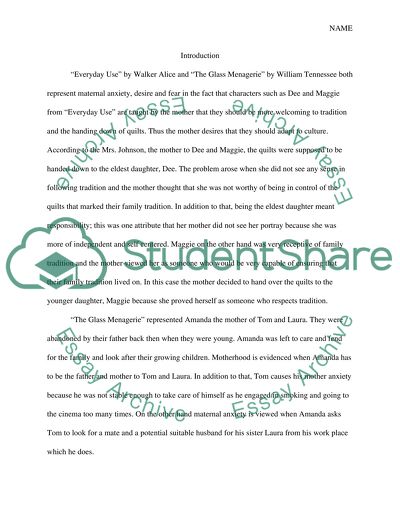Cite this document
(“Comparing and Contrasting two different stories Essay”, n.d.)
Retrieved from https://studentshare.org/literature/1474538-comparing-and-contrasting-two-different-stories
Retrieved from https://studentshare.org/literature/1474538-comparing-and-contrasting-two-different-stories
(Comparing and Contrasting Two Different Stories Essay)
https://studentshare.org/literature/1474538-comparing-and-contrasting-two-different-stories.
https://studentshare.org/literature/1474538-comparing-and-contrasting-two-different-stories.
“Comparing and Contrasting Two Different Stories Essay”, n.d. https://studentshare.org/literature/1474538-comparing-and-contrasting-two-different-stories.


